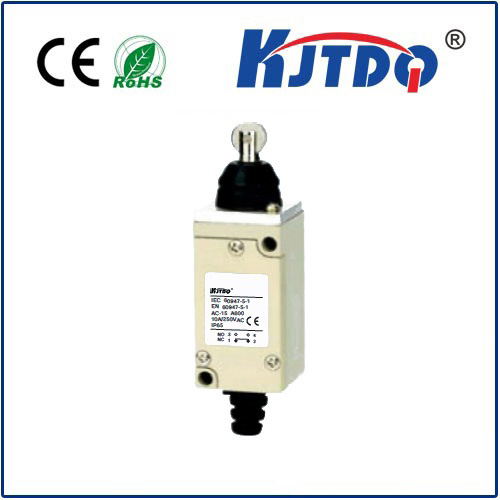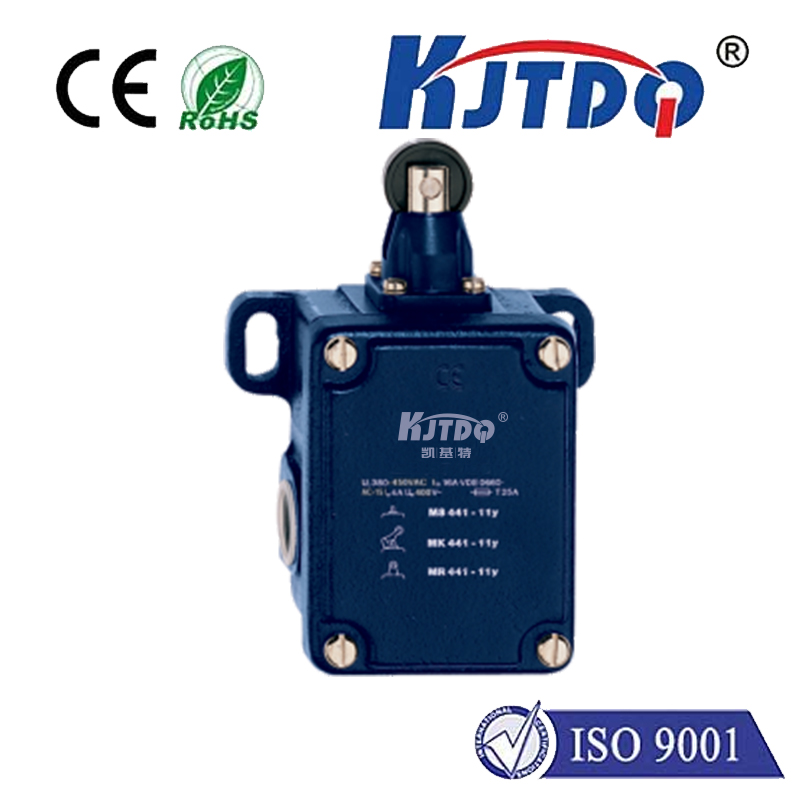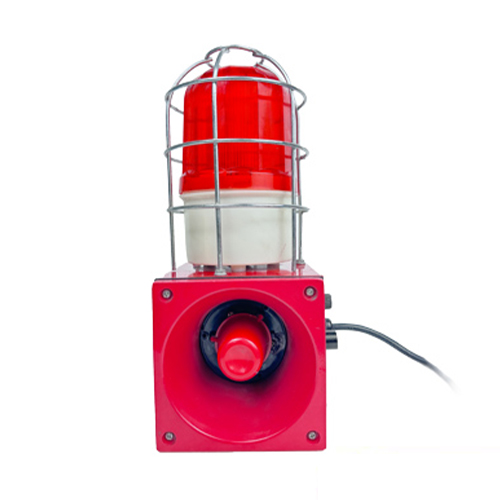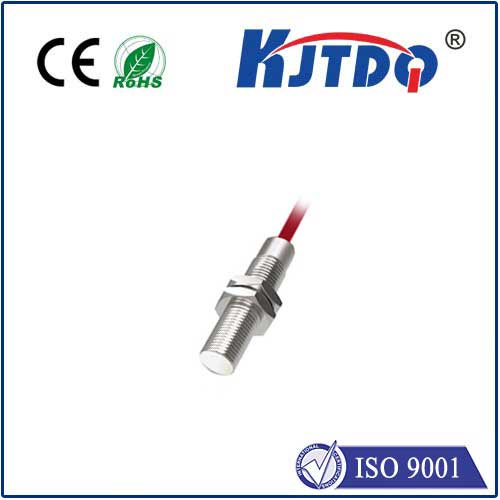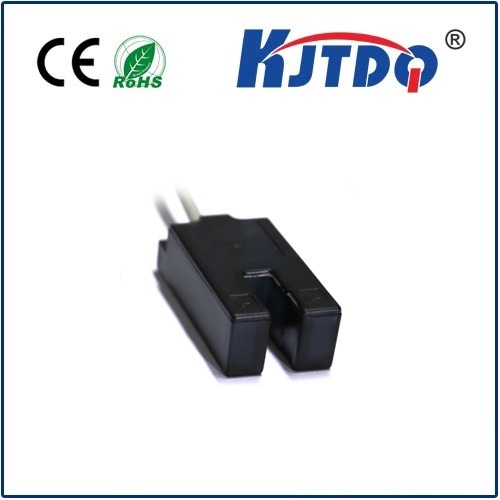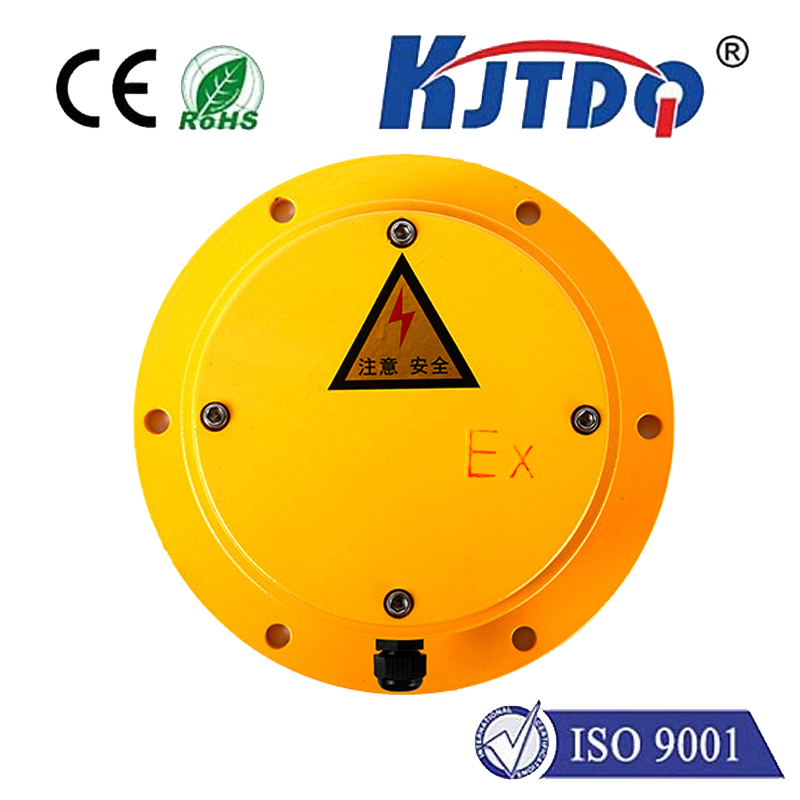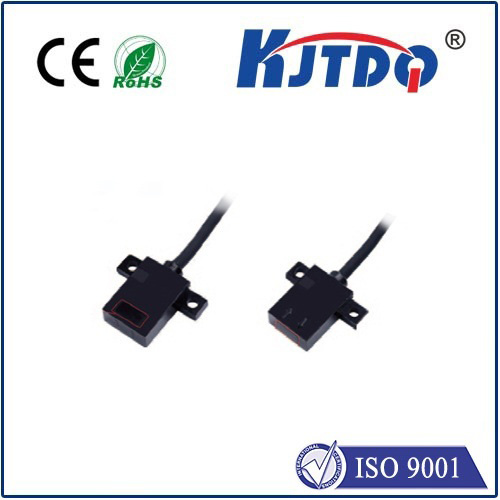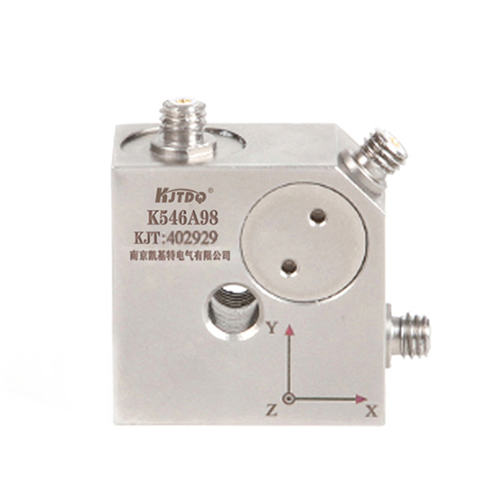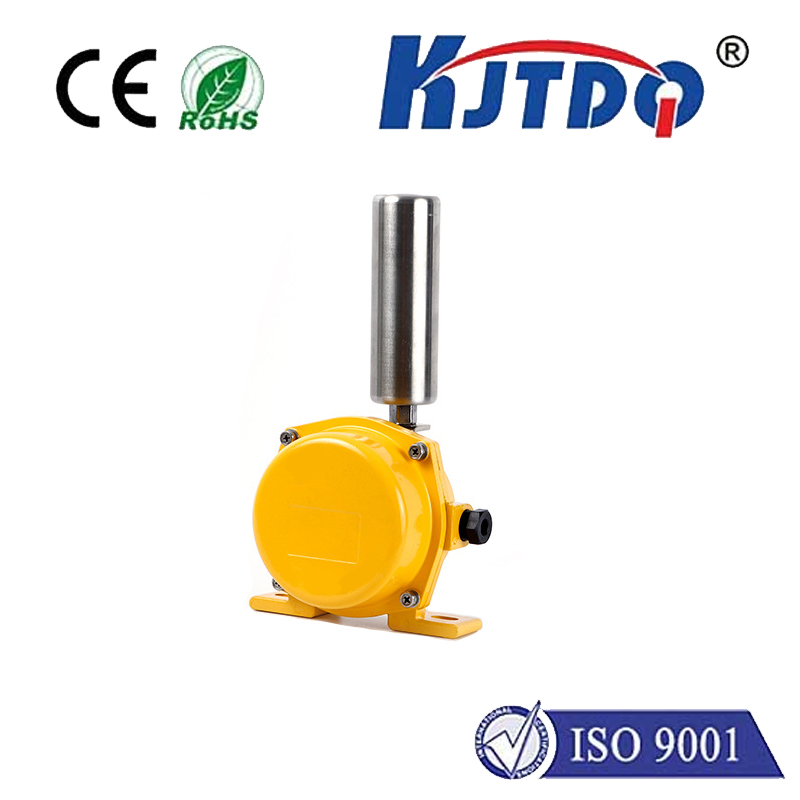

check

check

check

check
Subtitle 1: "Understanding the Technology Behind Ratiometric Sensors"
Ratiometric sensors are a type of sensor that measure the ratio between two different quantities. They work by comparing the output of one sensor to the input of another, and then calculating the difference. This information can be used to determine the ratio between the two quantities.
Ratiometric sensors are used in a variety of applications, including measuring temperature, pressure, and flow rate. They are also used in industrial processes such as化学反应 monitoring and oil spill detection.
One advantage of ratiometric sensors is that they can be used to detect small changes in a quantity. For example, a ratiometric sensor could be used to monitor the concentration of chemicals in a liquid without requiring constant calibration.
Another advantage of ratiometric sensors is that they can be used to measure both positive and negative differences. For example, a sensor could be used to measure the amount of oxygen present in a gas mixture, regardless of whether there is an excess or deficiency of oxygen.
Title 2: "The Importance of Choosing the Right Ratiometric Sensor for Your Application"
Subtitle 2: "Tips for Choosing the Perfect Ratiometric Sensor for Your Needs"
Choosing the right ratiometric sensor for your application is crucial for ensuring accurate and reliable measurements. Here are some tips to help you choose the perfect sensor for your needs:
1. Define your measurement requirements: Before choosing a sensor, it's important to define what you want to measure and how accurately you need to measure it. This will help you narrow down your options and choose the best sensor for your needs.
2. Consider the operating environment: The operating environment of your sensor can have a significant impact on its performance. For example, sensors used in extreme temperatures or high pressure conditions may require special protection or calibration.
3. Choose a sensor with the right sensitivity: The sensitivity of a sensor refers to how much it can detect small changes in its input signal. It's important to choose a sensor with the right sensitivity for your application to ensure accurate measurements.
4. Consider the cost and availability: While accuracy and performance are important factors to consider when choosing a sensor, cost and availability should not be overlooked. It's important to choose a sensor that fits within your budget and is readily available from suppliers.
By following these tips, you can choose the perfect ratiometric sensor for your application and ensure accurate and reliable measurements every time.
